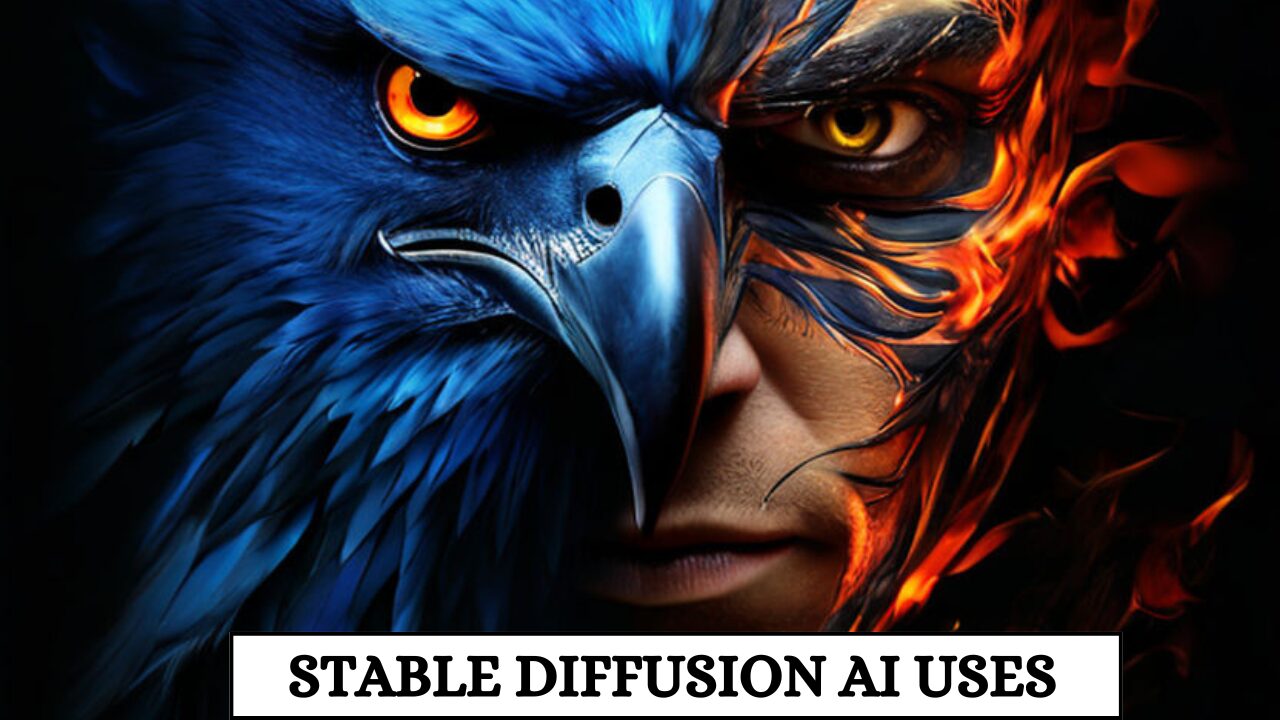Stable Diffusion AI is a cutting-edge subset of artificial intelligence that emphasizes the stability and robustness of algorithms during the learning process. It stands out in the tech industry for its ability to handle complex data sets and maintain performance even in dynamic environments. This makes it ideal for applications requiring high precision and adaptability.
Understanding Stable Diffusion AI Uses
Complex Problem Solving
Stable Diffusion AI is adept at solving intricate problems across various sectors. For example:
- Healthcare: Enhancing diagnostic accuracy by analyzing large volumes of medical images.
- Finance: Predicting market trends by processing fluctuating financial data.
- Retail: Optimizing supply chains through real-time inventory analysis and demand forecasting.
Real-World Applications
- Autonomous Vehicles: Ensuring the stable performance of navigation systems under diverse conditions.
- Climate Modeling: Providing reliable simulations for predicting environmental changes.
- Robotics: Enhancing machine learning algorithms to ensure consistent performance in unpredictable environments.
Getting Started with Stable Diffusion AI
Here’s a step-by-step guide to accessing and utilizing Stable Diffusion AI for your projects:
Step 1: Understand Your Requirements
Identify the specific problem you aim to solve and gather relevant data. The more precise your goals, the better the AI will perform.
Step 2: Choose the Right Platform
Select a platform that supports Stable Diffusion AI. Popular choices include:
- TensorFlow and PyTorch for custom model building.
- Cloud-based services like AWS, Google Cloud, or Azure for scalable solutions.
Step 3: Data Preprocessing
Clean and prepare your data to ensure accuracy. This involves:
- Eliminating Outliers: Removing anomalies to prevent skewed results.
- Normalization: Standardizing data to ensure consistency.
Step 4: Model Training
Train your model using the prepared data. Monitor its performance and iterate to enhance accuracy. Leverage techniques like:
- Cross-validation to prevent overfitting.
- Hyperparameter tuning to optimize the model.
Step 5: Deployment
Deploy your trained model into your application. Ensure you have a robust monitoring system to track performance and make necessary adjustments.
Best Practices for Implementing Stable Diffusion AI
Optimize Performance
- Use High-Quality Data: The better your data, the more accurate your AI.
- Regular Updates: Continuously update your model with new data to maintain its relevance.
Ensure Ethical Practices
- Data Privacy: Protect user data by adhering to privacy laws and regulations.
- Bias Mitigation: Regularly audit your AI to identify and eliminate biases.
Leverage Community Support
- Forums and Online Communities: Engage with other tech enthusiasts to share knowledge and troubleshoot issues.
- Continuous Learning: Stay updated with the latest research and advancements in AI.
Future Prospects of Stable Diffusion AI
The future of Stable Diffusion AI looks promising, with developments expected to revolutionize various industries. Anticipated advancements include:
- Improved Scalability: Enhanced ability to process larger data sets more efficiently.
- Integration with Quantum Computing: Potential leaps in computational power and problem-solving capabilities.
- Increased Personalization: More tailored solutions in fields like healthcare and customer service.
Conclusion
Stable Diffusion AI represents a significant leap forward in artificial intelligence, offering robust solutions for complex problems across various industries. By understanding its applications, leveraging best practices, and staying ahead of future developments, you can harness its full potential for your projects.
